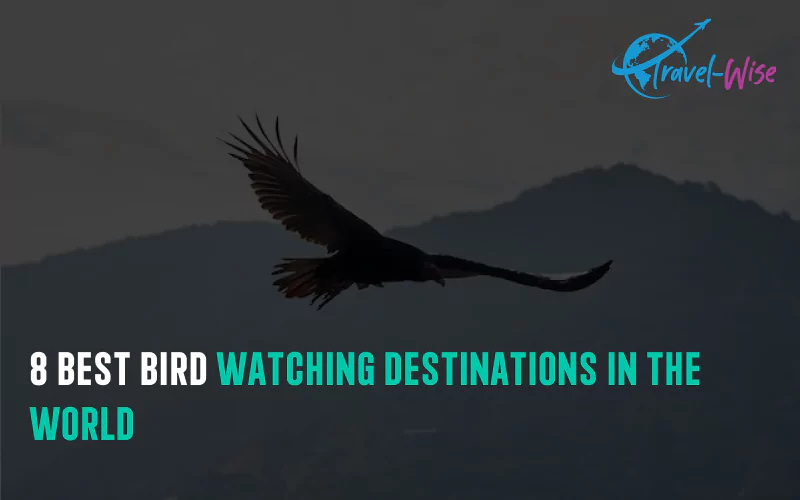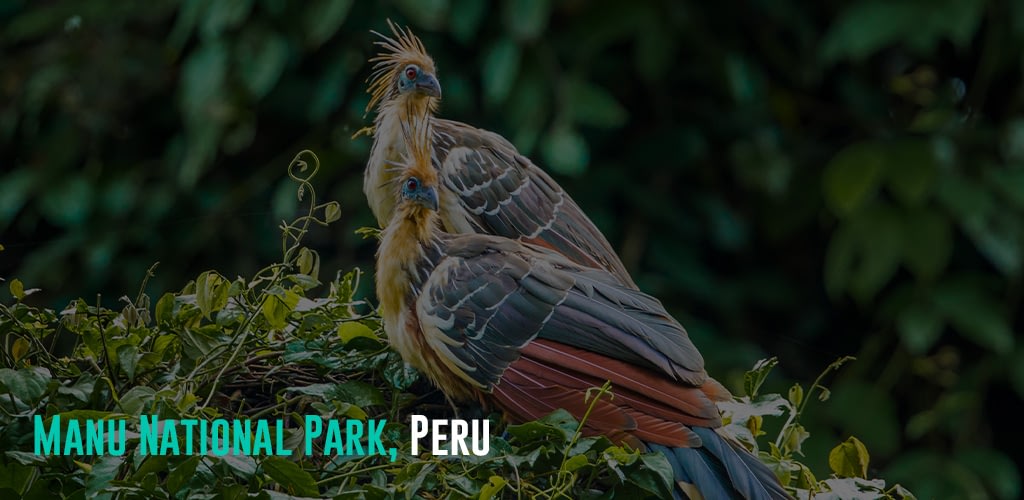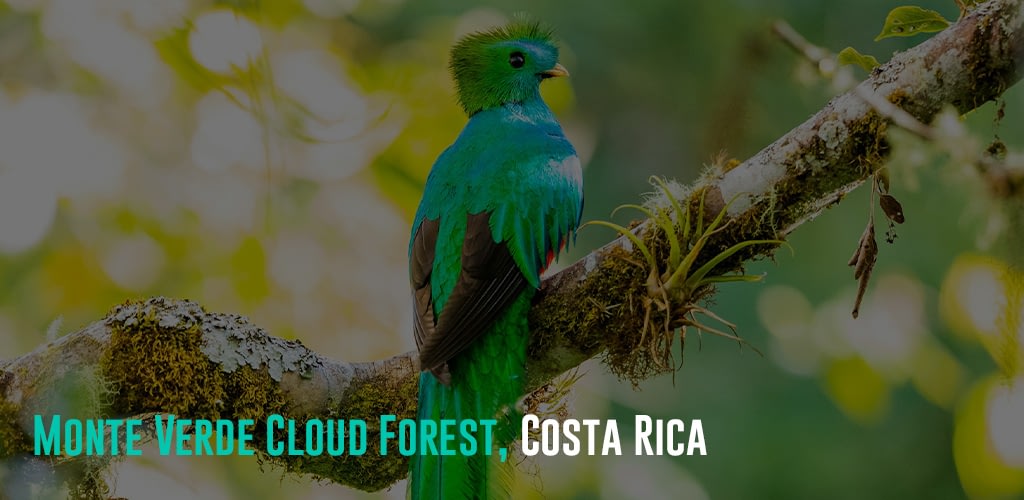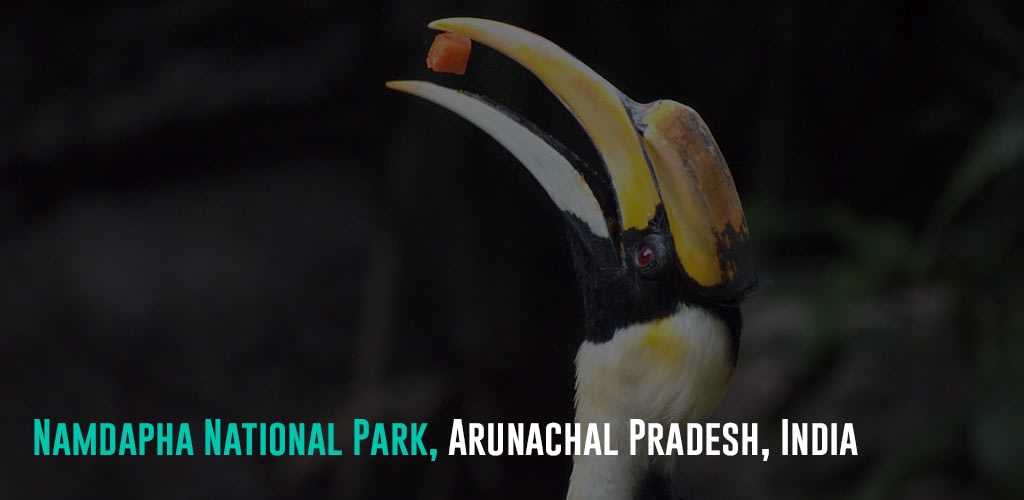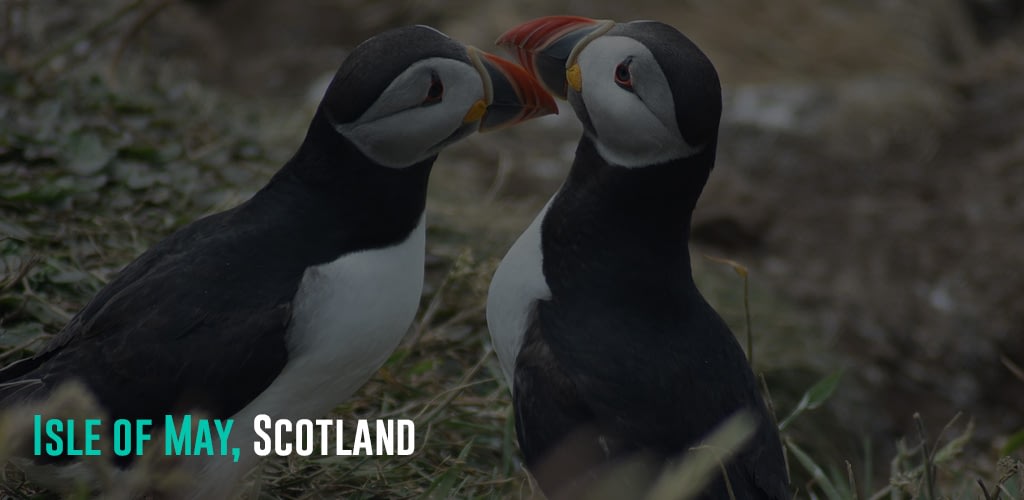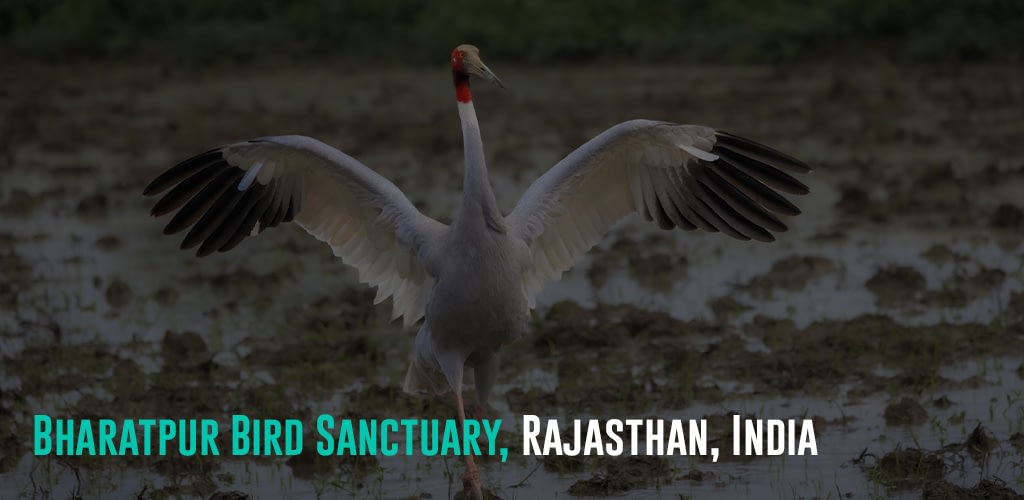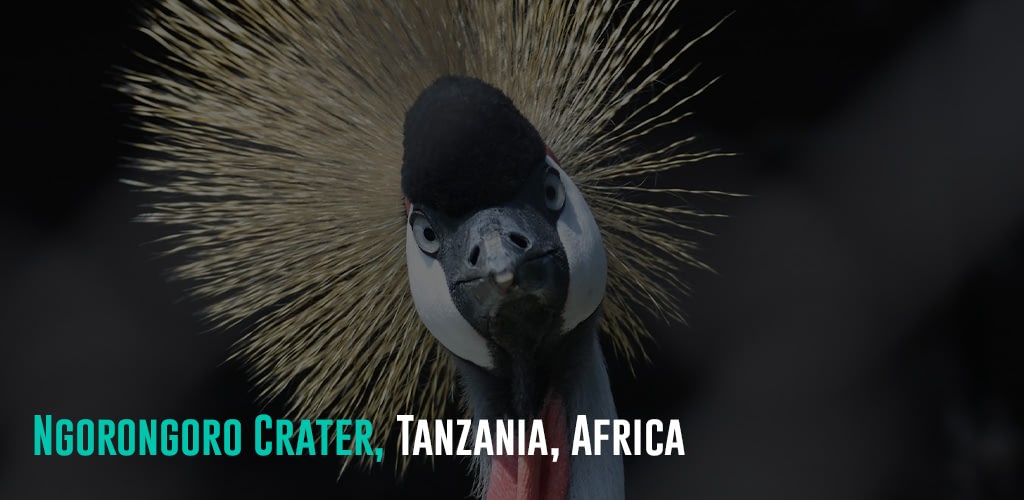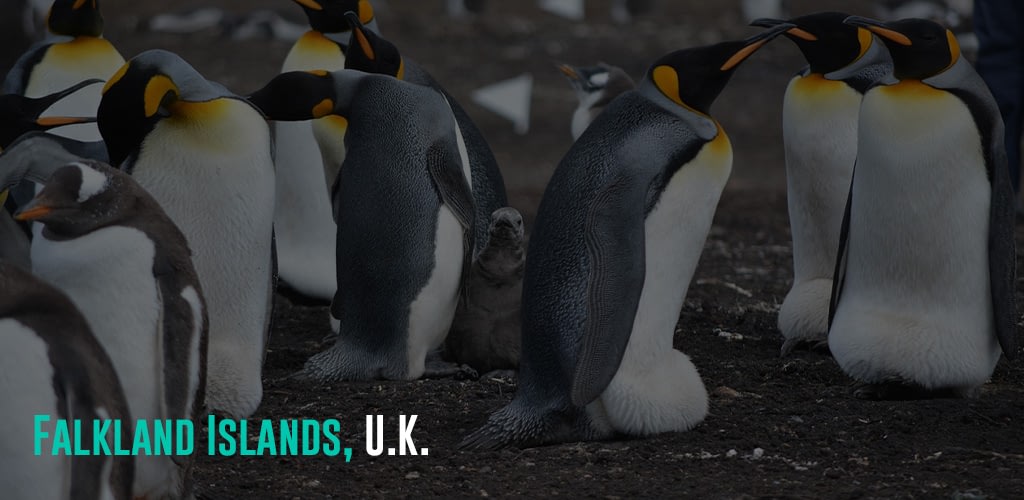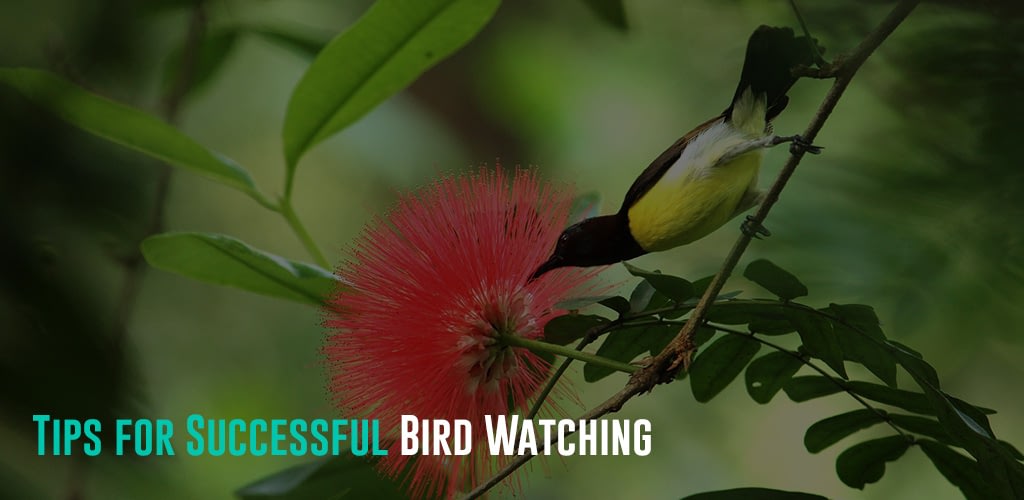Bird watching, or birding, is a captivating wildlife hobby that has been enjoyed by nature enthusiasts for centuries. At its core, it involves the observation and study of birds in their natural habitats, allowing us to connect with the diverse and fascinating world of avian life. But bird watching offers so much more than just a leisurely pastime.
- A Brief History: The earliest recorded instances of bird watching date back to the late 18th century, when ornithologists and naturalists began documenting and cataloging various bird species.
- The Appeal: Bird watching is a calming and mindful pursuit that encourages patience, attention to detail, and a heightened awareness of one’s surroundings. It offers a unique opportunity to observe the behaviors, habitats, and migratory patterns of birds, which can be both educational and therapeutic.
The benefits of bird watching extend far beyond personal enjoyment and fulfillment:
- Physical Activity: Bird watching often involves hiking, trekking, or exploring outdoor environments, promoting physical activity and a healthy lifestyle.
- Scientific Contributions: By providing valuable data on bird populations, distributions, and migration patterns, bird watchers contribute to scientific research and conservation efforts.
In recent years, bird watching has experienced a surge in popularity, with millions of enthusiasts worldwide engaging in this pursuit. This growth can be attributed to several factors, including:
- Growing Interest in Eco-Tourism
- Desire to Connect with Nature
- Accessibility of Resources (bird identification apps, online communities)
As the popularity of bird watching continues to rise, there is a growing emphasis on sustainable and responsible practices:
- Sustainable Bird Watching Tourism supports local economies, promotes conservation efforts, and minimizes negative impacts on bird habitats and populations.
- Organizations and Initiatives dedicated to promoting ethical bird watching guidelines and supporting conservation projects have become increasingly important.
With its ability to foster appreciation for nature, promote education and research, and contribute to conservation efforts, bird watching has emerged as a valuable and sustainable form of tourism, offering a unique and rewarding experience for nature lovers around the world.
Top 8 Bird Watching Destinations
For passionate bird watchers, these top destinations offer unforgettable experiences. You can see diverse avian life. They have some of the best bird watching opportunities in the world. Each location promises a unique and rewarding adventure.
1) Manu National Park, Peru
Manu National Park is in the heart of the Peruvian Amazon. It rises from 150 m to 4,200 m above sea level. It has an unmatched diversity of birds. Over 1,000 bird species live in the park. It is a vast, pristine rainforest. It is a true paradise for bird watchers. You can use it to spot rare birds. For example, the Amazonian Umbrellabird, Hoatzin, and Harpy Eagle.
2) Monte Verde Cloud Forest, Costa Rica
Monte Verde Cloud Forest in Costa Rica is a bird watcher’s dream. It is situated 6,000 feet above sea level on the Continental Divide in the Tilaran mountain range. This forest covers 35,089 acres and hosts over 400 bird species. Meaning Green Mountain, Monteverde includes six significant trails through the virgin jungle. Five hundred varieties of orchids grow here.
3) Namdapha National Park, Arunachal Pradesh, India
Namdapha National Park, Arunachal Pradesh, The only park in the world with four species of Big Cats, namely Tigers, Leopards, Snow Leopards, and Clouded Leopards, the impenetrable Namdapha rainforest in India is a true wilderness. It houses Elephants, Indian Rhinoceros, Flying Squirrels, and primates like the hooting Hoolock Gibbon and the adorable Slow Loris.
Over 425 species of birds, including five types of hornbills, the shy Satyr Tragopan, the rare Green Cochoa, and the near-threatened Ward’s Trogon, are a big draw.
4) West Papua, New Guinea, Indonesia
Have you seen Wilson’s Bird-of-Paradise with its signature handlebar-mustache tail? Or the stunning Lesser Bird of Paradise gliding through the air? Is the Masked Bowerbird shooting you a fierce glance?
Go to the sultry forests of West Papua. West Papua is part of New Guinea, Indonesia, where 680 bird species reside, more than 300 are endemic, and 115 are migratory. See the rare Crescent-caped Lophorina in the Arfak Mountains, the dramatic Babbler and Victoria Crowned Pigeons, the raspy Mountain Owlet-Nightjar, Pesquet’s Parrot, and the rich chocolate brown Papuan Boobook. This place offers a unique bird-watching adventure. You can spot iconic Birds of Paradise and the mysterious Cassowary.
5) Isle of May, Scotland
Only 1.5 km long and 0.5 km wide, this island in the UK is home to a startling 285 bird species. Featuring rocky terrain and cliffs, beaches, and a peninsula, it is devoid of predators and a haven for seabirds. Among them are the cute Puffins this isle is famous for. You can also spot Razorbills, Cormorants, Terns, Guillemots, Black-legged Kittiwakes, and Oystercatchers.At the height of the breeding season, this isle can host a humongous 200,000 seabirds!
6) Bharatpur Bird Sanctuary, Rajasthan, India
A renowned UNESCO World Heritage Site, Bharatpur, India, needs no introduction. Renamed Keoladeo National Park, it is the haunt of more than 400 bird species. Birders celebrate when they catch sight of the imposing Sarus Crane, the tallest flying bird in the world. The Demoiselle Crane, Siberian Rubythroat, and Marsh Harrier hide amid the marshy wetlands. Look out for the Greater Spotted Eagle, Imperial Eagle, Rosy Pelican, and Painted Stork. Migratory birds fly in from as far off as Siberia.
7) Ngorongoro Crater, Tanzania, Africa
UNESCO World Heritage Site Ngorongoro, Tanzania, is the world’s largest inactive volcanic caldera and hosts lions, leopards, elephants, wildebeests, cheetahs, antelopes, hippos, and over 500 bird species.A birder’s delight, it is the abode of the Crown Crane and the gregarious Jackson’s Turaco, sporting a peculiar fluffy crest. Augur Buzzard, Ibis, Flamingo, Ostrich, and Hunter’s Cisticola are other elegant dignitaries that grace the Ngorongoro Conservation Area.
8) Falkland Islands, U.K.
An archipelago in the South Atlantic with many islands and cliff-lined coats, the Falkland Islands is a birder’s paradise. More than 230 species proliferate here. The abundant bird life accommodates the Black-browed Albatross with a massive wingspan of 7–8 feet, Giant, Storm and Diving Petrels, the inquisitive Striated Caracara, and Geese. Endemic varieties include Cobb’s Wren, Falklands Flightless Steamer Duck, and the Tussac-Bird.The show stars are the Gentoo, Rockhopper, Macaroni, Magellanic, and King Penguins. Expert swimmers, as many as a million penguins, nest here every summer.
Tips for Successful Bird Watching
To make the most of your bird watching adventures, you need to be well-prepared. You also need the right knowledge and techniques. This will ensure an enriching and rewarding experience. Here are some valuable tips to help you become a successful bird watcher:
Essential Gear and Equipment
- Binoculars: Binoculars are crucial for bird watchers. They let you observe birds in detail from a distance. A good pair is the most crucial tool.
- Field Guide: A regional field guide will help you identify birds. It will also teach you about the species you find.
- Notebook and Pen: Keeping a record of your sightings, observations, and locations is invaluable. You can use it for future reference and research.
- Clothing and Accessories: Wear comfy, quiet, and plain clothes. Also, wear sturdy shoes or boots for hiking. A hat, sunscreen, and insect repellent can also be useful.
Techniques for Spotting and Identifying Birds
- Start by Looking and Listening: Tune your senses to the sights and sounds of birds in your surroundings. Listen for calls and songs, and scan the trees, bushes, and skies for movement.
- Use Your Binoculars Effectively: Practice quickly getting and tracking birds through your binoculars. Take note of their size, shape, color patterns, and behaviors.
- Study Field Marks: Pay attention to distinctive field marks like wing bars, eye rings, or tail patterns that can help you identify species.
- Learn Bird Calls and Songs: Knowing bird sounds can help you find and identify species. This is true even when they’re hidden from view.
Ethical Bird Watching Practices
- Respect Bird Habitats: Avoid disturbing nesting areas, roosting sites, or feeding grounds. Stay on trails to minimize your impact.
- Maintain a Respectful Distance: Watch birds from a safe distance. This prevents stress or disturbance of their natural behaviors.
- Minimize Noise and Sudden Movements: Birds startle easily at loud noises or sudden movements. So, remain quiet and move slowly.
- Follow Local Regulations: Learn any rules or limits at the bird watching spot you’re visiting.
Photography Tips for Capturing Bird Images
- Use the Right Equipment: Invest in a camera with a good zoom lens or a dedicated telephoto lens for capturing sharp, detailed images of birds.
- Consider Your Lighting: Early morning and late afternoon light can give soft, warm light. It brings out the colors and details of your bird subjects.
- Be Patient and Anticipate Behavior: Study your subject’s behavior and predict their movements. This will help you capture good shots.
- Respect the Birds: Never flush or scare birds for photos. Also, avoid using baits or calls that could disrupt their natural behaviors.
By following these tips and practicing regularly, you’ll not only improve your bird watching skills but also develop a deeper appreciation for these remarkable creatures and their habitats.
Conservation Efforts
Preserving bird habitats and populations is a critical challenge that requires concerted efforts from individuals, communities, and organizations alike. As we explore the world’s top bird watching destinations, it’s essential to recognize the importance of conservation and the vital role that responsible tourism can play in supporting these initiatives.
Importance of Conservation Efforts
- Habitat Loss and Degradation: Many bird species face threats from deforestation, urbanization, and environmental changes, making the protection of their habitats a top priority.
- Population Declines: Factors like pollution, climate change, and illegal hunting have led to significant declines in the populations of various bird species, some even facing extinction.
- Biodiversity and Ecosystem Balance: Birds play crucial roles in ecosystems, acting as pollinators, seed dispersers, and controlling insect populations. Their conservation ensures the health and balance of entire ecosystems.
Notable Conservation Initiatives and Organizations
- Manu National Park (Peru): The Amazon Conservation Association and the Peruvian government work to protect this biodiversity hotspot through research, community initiatives, and sustainable tourism.
- Monte Verde Cloud Forest (Costa Rica): The Monteverde Conservation League and the Monteverde Cloud Forest Reserve are dedicated to preserving this unique ecosystem and its avian inhabitants.
- Namdapha National Park (India): The Namdapha Tiger Reserve and local conservation organizations strive to protect this wilderness area and its diverse flora and fauna.
- West Papua (Indonesia): Conservation International and local partners work to safeguard the region’s unique biodiversity and promote sustainable development.
- Isle of May (Scotland): The Scottish Natural Heritage and the Isle of May Bird Observatory collaborate to monitor and protect the island’s seabird colonies.
- Bharatpur Bird Sanctuary (India): The Bombay Natural History Society and the Indian government jointly manage and conserve this vital wetland habitat.
- Ngorongoro Crater (Tanzania): The Ngorongoro Conservation Area Authority and various international organizations work to protect this UNESCO World Heritage Site and its resident wildlife.
- Falkland Islands (U.K.): The Falklands Conservation and local organizations focus on preserving the islands’ unique ecosystems and seabird populations.
Role of Sustainable Bird Watching Tourism
- Economic Incentive: Responsible bird watching tourism generates revenue for local communities, providing an incentive for them to protect and conserve bird habitats.
- Awareness and Education: Interacting with knowledgeable guides and experiencing the beauty of nature firsthand can inspire a deeper appreciation for conservation among visitors.
- Supporting Local Initiatives: A portion of tourism revenue can be directed towards funding conservation projects, research, and community-based initiatives.
- Minimizing Negative Impacts: Sustainable practices, such as following ethical guidelines and minimizing disturbances, help preserve the integrity of bird habitats and populations.
Conclusion
As we conclude our exploration of the top bird watching destinations around the world, it’s clear that bird watching offers not just a hobby but a gateway to understanding and appreciating the natural world. The diverse landscapes and rich avian life in places like Manu National Park in Peru, Monte Verde Cloud Forest in Costa Rica, Namdapha National Park in India, and many others provide endless opportunities for bird enthusiasts to connect with nature in profound ways.
At Travel-Wise, we’re passionate about providing travelers with tools that enhance their experiences. Our trip planning tool is designed to make your travel adventures smooth and enjoyable. Whether you’re planning a bird watching expedition or any other journey, our software is here to help. Learn more about the Travel-Wise App and start creating unforgettable travel experiences today!

